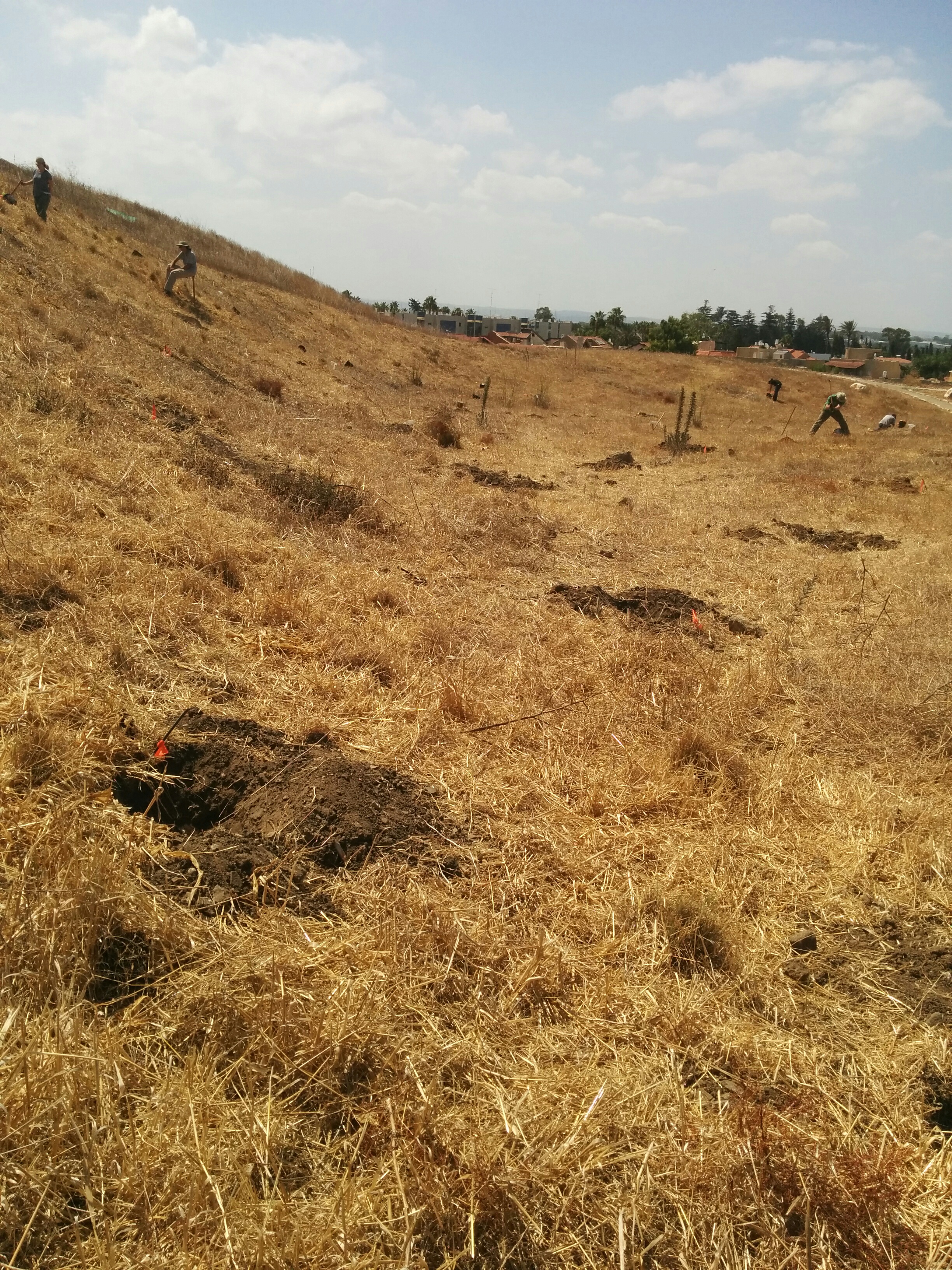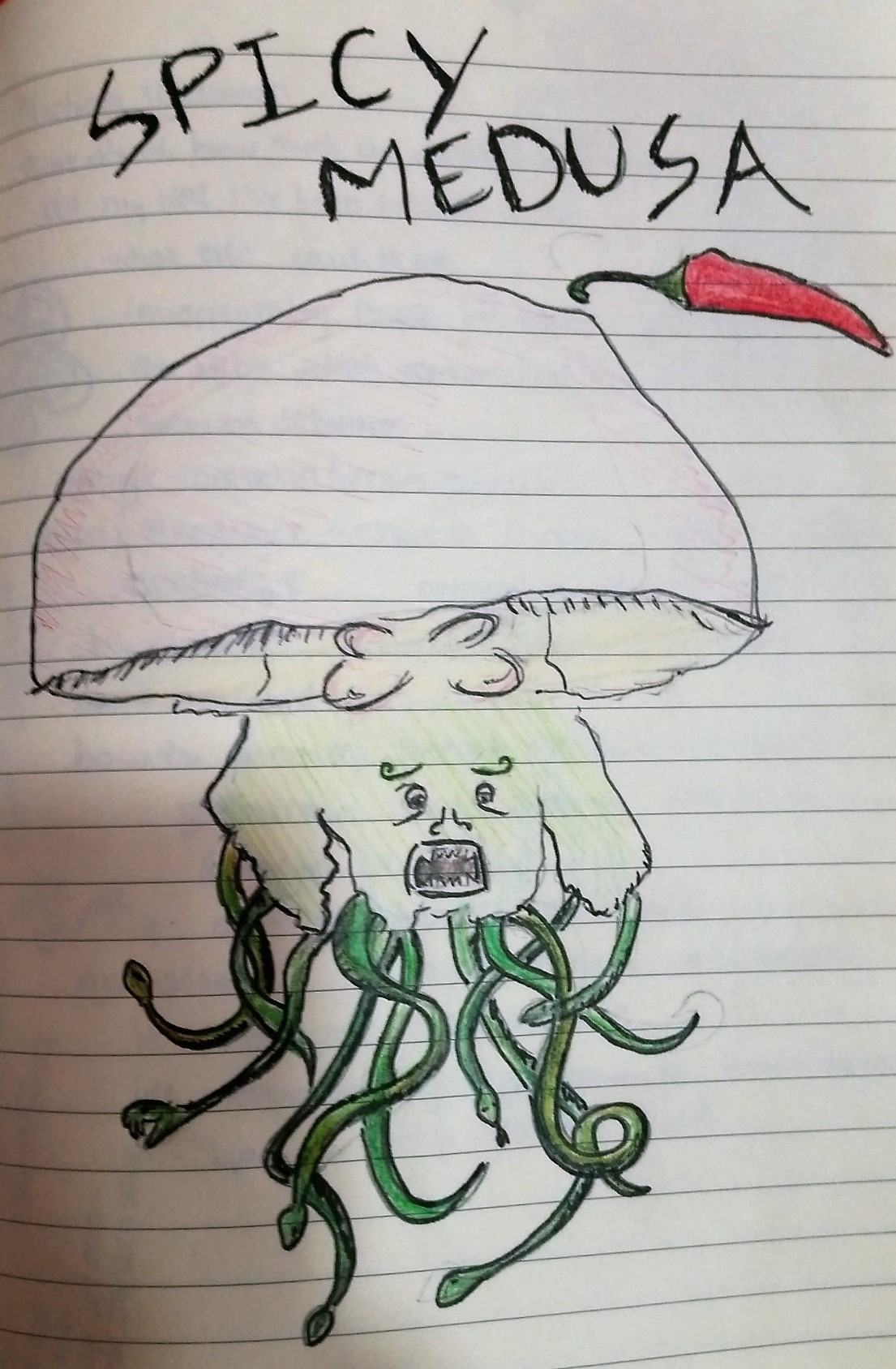A Squareless Beginning
My expectations for this dig, and Akko in general for that matter, were completely wrong. I thought that archeology in Tel Akko would mirror my past archeological experience at the San Martino Archeological Field School in Torano di Borgorose, Italy. I expected hours of troweling, sweeping and finding artifacts alongside close companions in a square that I would know like the back of my hand. Last summer, I spent every day in the same square, learning all of the unique features the architecture had to offer and intimately understanding the strata and history of my square. I got attached to that square—and I looked forward to having a square to call home again, but this time in Akko, unfortunately for me, I didn’t find a home for the first week and a half.
The first few days on the Tel were hectic to say the least. Whether we were moving sandbags or cleaning the Tel, it felt chaotic and almost foreign. Rather than a square, I was assigned to an area in which I floated between the squares, only changing course when my area supervisor told me to go somewhere else. As people started to excavate in squares that would become their own, I was still meandering around the Tel, doing odd jobs to seemingly pass the time. I found myself feeling jealous of my friends who were learning the intricate details about their respective squares; while I barely (and literally) touched the surface of the squares that I worked in. Even if I did feel connected to a square, like when I found a worked bone in NN20, it was fleeting since I would never return the following day. In reality, everything I was doing was important or at least a necessary step in collecting the data that allows us to understand what life was like thousands of years ago.
Even though I did not enjoy my time as a nomad on the Tel, there are definitely a few positive things that came along with the job (or lack there of). First off, I occasionally was filled in with brief histories of different squares. These short descriptions gave me a semi-solid background of the Tel, but even now my understanding of the Tel is far from complete. Another positive aspect of the floater life is having the ability to sample different activities, like learning how to trim a bulk or participating in survey. I’ve done survey for the past two days, and it is incredibly rewarding but exhausting (you essentially dig an average of six 40 by 40 by 40 cm holes throughout the course of the day under the hot Israeli sun). Now I know this last one is quite cheesy, but I met a lot of different people and made some great friends and memories through my various squareless adventures on the Tel.
Now I have found what I would call a “half-home” in the sense that I dig in PP19 that I eventually joined later on. However, I’m not expected to go there every day since I also participate in survey and conservation. I don’t get that exciting yet familiar feeling when I’m in the square about to start excavating, but I still enjoy it nonetheless. I love getting updates from my fellow square-mates at the end of the day, but I don’t feel the same square attachment as I did with my square on my dig last year.
It is okay that things are different here and I’m so fortunate that I have the opportunity to experience another archaeological dig. Overall, I cannot recommend the floater lifestyle but I can’t NOT recommend it either. All digs are different, so you will never know what you like until you get out there and try it. 10/10 would recommend going on an archaeology dig.





